‘EP’ is an abbreviation that most music fans have heard but may not know the meaning of. EPs are short-length releases that help fans get a taste of an artist’s style and sound. They are becoming more prevalent as a way for artists to release music in bite-sized pieces that are easier for listeners to digest.
This article will describe the historical reasons why the term was created, its relevance in today’s modern music industry, and the reasons why they’re particularly important for up-and-coming musicians in a market dominated by streaming services.
Without further ado, let’s get started!
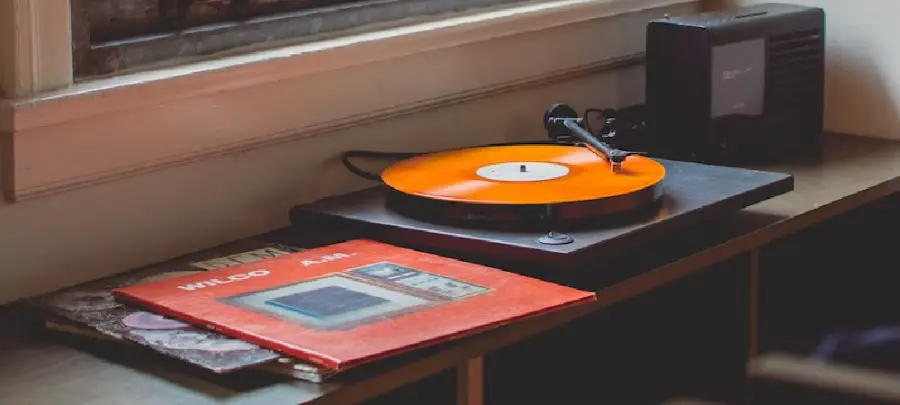
What Is An EP?
What Is An EP?
In music, the “EP”, or in its full glory, the “Extended Play” is a term used to describe a specific type of musical release consisting of around 2 – 5 songs. In simple terms, an EP is a music release that contains more music than a single (usually more than two songs), but less music than an album. An EP typically has a runtime of no longer than 30 minutes.
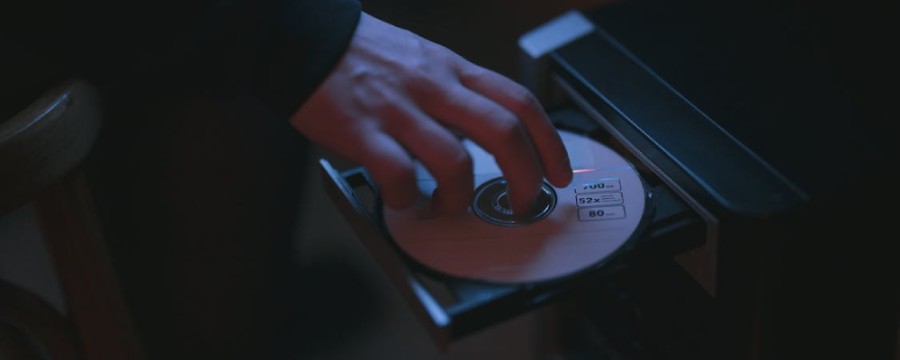
What Is The Purpose Of An EP?
Artistic Purposes
Writing and producing music might seem easy from an outsider’s perspective, but it’s actually a very lengthy process, and it’s even more difficult when the artist is lacking inspiration. An EP can serve as a catch-all for artists who want to release music, but don’t yet have enough material for a full-length album. On the same token, an EP is a great way to group tracks thematically if songs are very specific in tone, lyricism and production.
An EP is also a great way to split up tracks. If an artist has an amount of work that could be overwhelming on a full album, either due to sheer length or competing themes, they can release a series of separate EPs that share all of the their music while still feeling purposeful and controlled.
Commercial Purposes
EPs serve a major purpose commercially, too. Today, music is available to listeners instantaneously. Prior to streaming services, listeners were at the mercy of either the radio or their personal collection. Thanks to the internet, we can hear virtually any song or album we want at any time we want. Although this is great for the listener, and, to a certain extent, for the artist, it does pose some problems.
Because of the availability of music, listeners have a higher demand for new music. An artist can drop something new at any given moment, but that builds pressure to create and release music at a higher rate than is feasible or even possible, and definitely at a higher rate than is conducive to great work. As noted, it’s a difficult and lengthy process to create music, especially good music.
To sate listeners’ demand for new music and to take some pressure off the artist, many labels have their musicians drop EPs. This is a great way for artists to please fans without having to release a full-length album before they’re ready. It’s especially great for artists if they have tracks they want to release that don’t necessarily fit into the full-length project they’re working on.
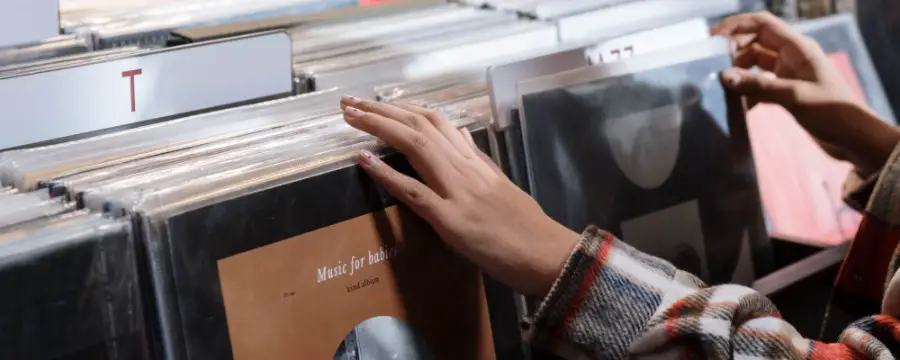
EP vs. LP vs. Single vs. Mixtape
What Is The Difference Between An EP & An LP?
The difference between an EP and an LP (stands for “Long Play”) is the amount of songs contained within each. While both are ways of presenting music to the public and can be released by artists in order to generate revenue, LPs usually contain more than 5 songs, whereas EPs tend to have between 2 and 5 tracks.
When music was released on vinyl records, an LP referred to a record longer than 33 minutes in length. Today the term is used to describe a full-length album, or work that’s longer than an EP.
Though EPs have risen in popularity over the past few decades among popular artists, LPs are still the gold standard in music production and are what most musicians strive to create.
What Is The Difference Between An EP & A Single?
A single is a release of just one or two songs. Again, this term is rooted in history and has evolved with technology. When music was only released on vinyl, singles contained either one or two songs.
Today, a single is released either as a promotion for an upcoming album, a singular song that the artist wanted to release or as a collaboration between two or more artists.
Artists may release singles ahead of a full-length album, but it’s rare they will release singles ahead of an EP, unless the EP has several tracks.
What Is The Difference Between An EP & A Mixtape?
A mixtape is a compilation of work. It could be a CD of songs from multiple artists or it could be the work of a single artist. As far as recording musicians are concerned, EPs are usually studio-produced while a mixtape is made at home.

Origins Of The EP
Although not necessarily tied with the recent resurgence in the popularity of vinyl players, the terms we use to describe music releases dates back to competitive marketing and companies developing technology to increase playtime available on the discs.
Vinyl history is typically split into the introduction of three different rotational speeds for the machines; the 78rpm, 33rpm, and 45rpm. Our continuing usage of the term “EP” is inextricably tied to the rivalry between two companies competing for the dominant type of vinyl record on the market.
Columbia Records released the popular “LP” or “Long Play” 12” vinyl disc in 1948, which spun at 33rpm, while RCA Victor, their prime competitor, were developing their counter-version which they labelled an “EP” which as we now know stands for “Extended Play”. This was a 7” Vinyl running at 45rpm on record players. and it was marketed as a more compact, and “better” way to enjoy music, which was enough to convince people to purchase the new style of record.
While these companies battled for dominance over the physical means for playing music in the home, it was eventually decided through the organic flow of cash that consumers preferred to listen to an album straight through, which was best done at the slower rotation of 33rpm due to the increased amount of music we are able to fit per side.
This meant that the LP record became the standard for full length albums, which are also known as LP’s. The 45rpm 7” discs never died out and found purpose in the industry by being utilised as “album samplers” and as a preferable format to release singles, compilations, and variations on songs, or single pieces of music.
Its continued popularity evidently endured and the meaning of an EP has slowly morphed in tandem with modern music consumer attitudes resulting in how we view it today.
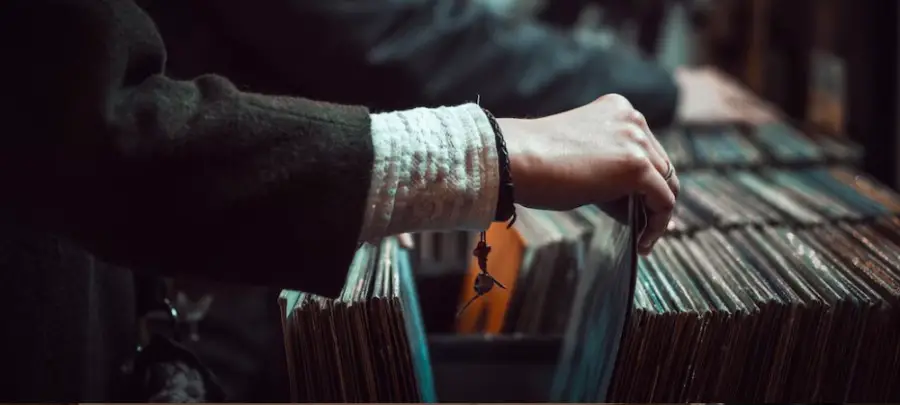
What Is Considered An EP On Spotify & Apple Music?
Since the turn of the 21st Century, particularly in regards to the development of digital music distribution, EPs have become rather specific in terms of total runtime, track number, and length. This helps to categorise music productions on listening devices.
Spotify, Apple Music, and other streaming services will usually define an EP as 4 – 6 songs, or pieces of music with a runtime of less than 30 minutes. Anything under that, and it may describe your music as a single, unless one of those tracks is over 10 minutes long, and still under 30 minutes in a cumulative total.
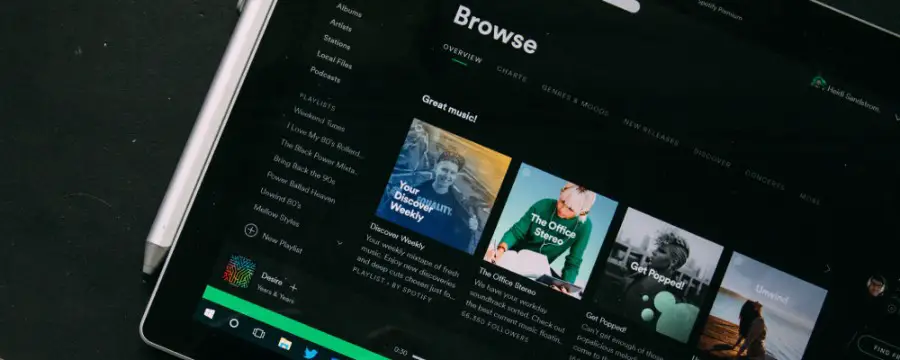
Should I Release A Single Or An EP?
It depends!
The process of creating an EP is similar to that of making an album, only an EP takes much less time and is a more budget-friendly project. This is why a lot of artists have kept this medium alive and found it to be a great way of keeping up with demands of fans, or just getting new music out as fast as possible.
Whether you’re at the beginning of your music career, or whether you have a few singles under your belt, an EP can be a great introduction for your musical style, or band.
It gives a lengthier listen than a single for any new prospective listeners, and can also help to keep yourself relevant as an established artist, even when you’ve already released an album. It can help you release more music if there isn’t much money to spare, and in smaller timeframes, while still appealing to an audience.
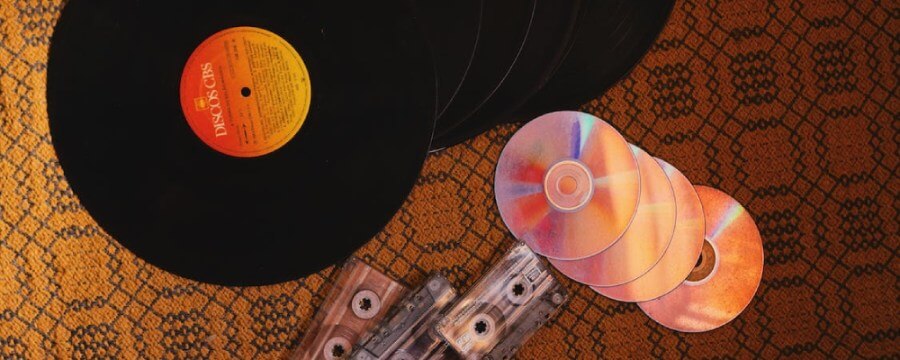
Why New Musicians Release EPs
While both established and beginner musicians use EPs, they are a particularly effective way for new musicians to break into the music industry.
First, an EP is less expensive to produce than a full-length album, simply because it’s shorter. It can be risky for a record label to offer a contract to a new artist, so an EP can bridge the gap between the label and the artist. It allows the artist to create music at low risk for the label.
An EP is also a great way to gain a wider fanbase. If a musician has garnered listeners from a single, releasing an EP can further show their talent and cement casual listeners as fans, as well as reach new listeners.
EPs are a great tool for indie musicians, too, both those signed to independent labels and those who aren’t associated with any label. Musicians who are looking to sign with a major label can use their EP as an audition of sorts.
Finally, musicians can send EPs to music curators. An EP can show an artist’s talent in a short amount of time and is perfect to send to industry professionals who don’t have time to listen to full albums. Whether the curator works for a streaming service, a radio station, or an independent company, they can distribute the artist’s work to a wide audience.
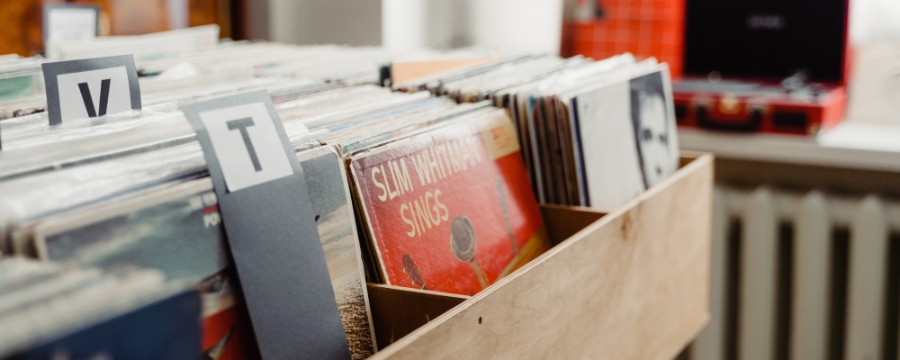
How To Release An EP
Step 1: Plan
Stay within a clear lane of 2 – 5 songs. This range will help to speed up the process of writing. Building an EP will involve a lot of ideas, but you will only need to choose a few of your favourites. The others don’t have to go to waste—you can keep them to plan your next EP! It can help to come up with an overarching theme, concept, or mood that you would like to convey, which will help with direction during the writing process.
Step 2: Write
Now it’s time to write the songs for your EP. You should have split your favourite ideas into separate plans for each song or piece of music, then expand upon these ideas to create your fully fledged songs. As long as you have at least 2, then you’re ready for the next step to releasing your own EP.
Step 3: Finalize
This is where you will finalise your recorded parts if needed, and either mix and master it yourself or send it to an audio engineer to be consumer ready.
Step 4: Release
Lastly, decide where your EP will be released. It can be in the form of a CD that you might sell at a gig, or you might put your release straight onto streaming services. Sites like DistroKid and TuneCore can be extremely helpful for organising your EP releases onto multiple platforms such as Spotify, Apple Music and YouTube Music.
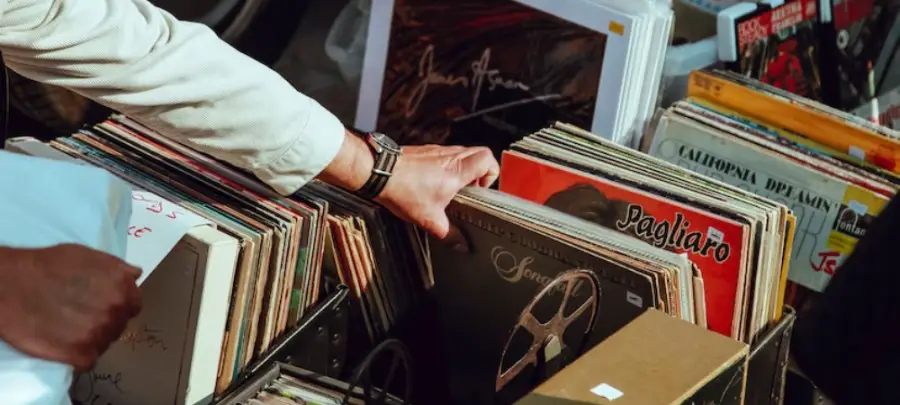
How To Promote An EP
Promotion is an important part of any project and it’s especially important when releasing an EP. If you want to get the most out of your new music, here are some tips for promoting your EP:
– Stay connected with fans by regularly posting on Facebook, Instagram and other social media platforms you may want to use. Share your EP with your followers and let them know when and where it’ll be available to stream and download.
– Spend some time sharing your music with record labels, playlist curators, publishers and other artists. These types of connections can be invaluable for getting your music out there.
– Put up posters around town, tell your friends and family, make multiple posts online or create an event page on Facebook. Consider networking in person at relevant music settings such as festivals, clubs, conferences and music events.
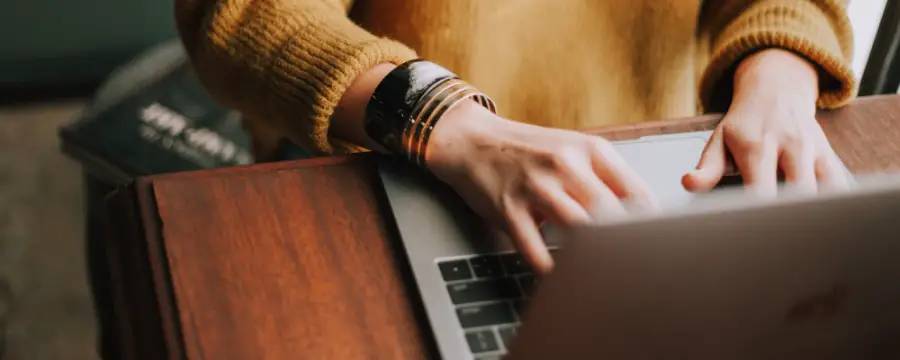
Conclusion
It’s safe to say that EPs are a different beast to albums or singles. They are a great way for new bands, composers, or musicians to show off their style, credibility and musical creativity, all in an accessible and achievable format.
Related Posts:
What Are Vocal Chops?
What Are Music Stems?
65 Music Terms You Need To Know
Want To Know More?
Here at Live Aspects, we have dozens of useful lessons and tutorials created to enhance your music production skills and help speed up the learning process. You can access our huge range of music theory lessons and production tips and tricks here.